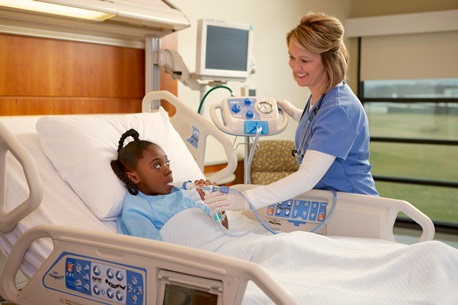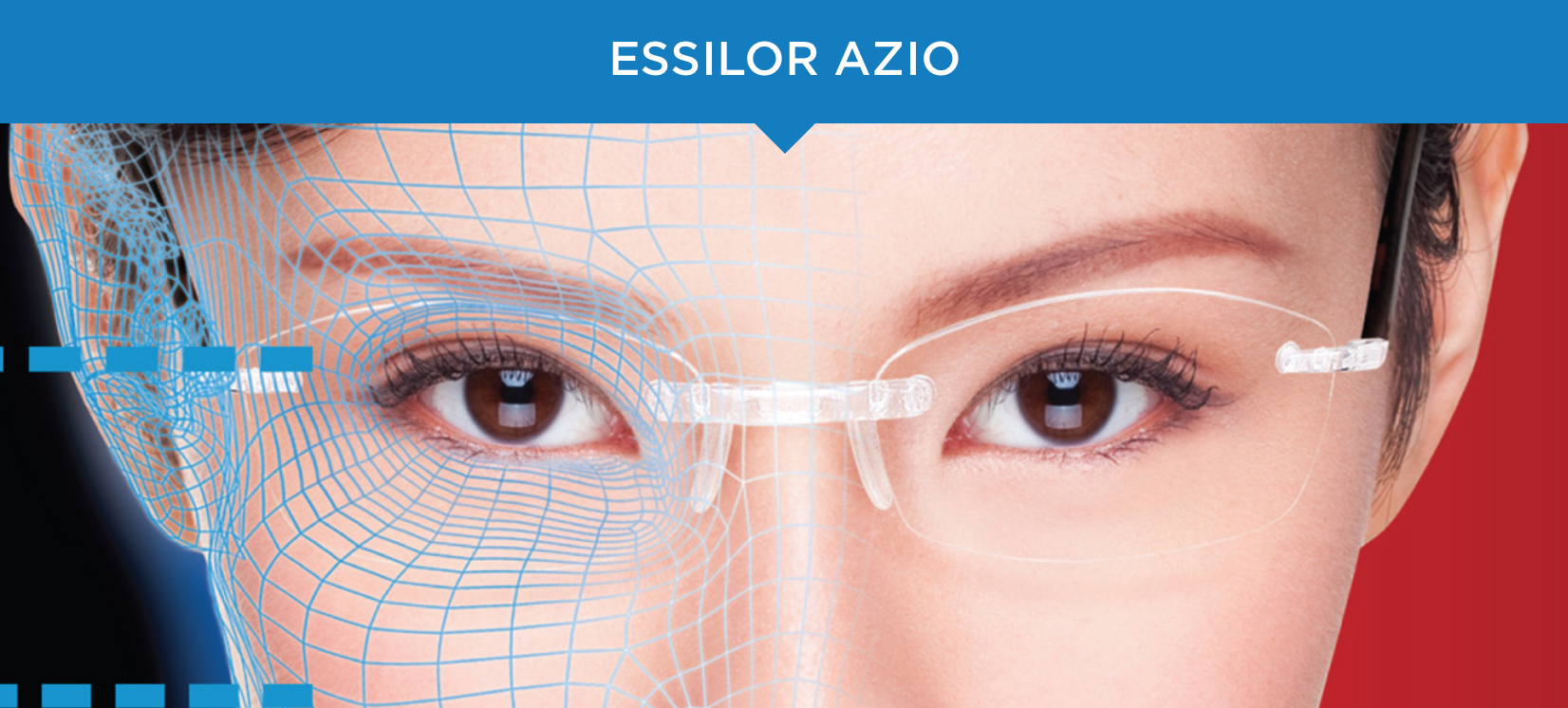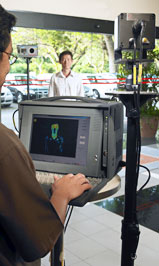Sometimes we wonder what Singaporeans tell their foreign friends.
“Our airport is the best in the world.”
“I can run anywhere and at anytime. It’s like super safe.”
“Cheap and yummy hawker food FTW!”
All true but after reading this article, we hope that you can include a new line:
“My country plays a big part in saving lives.”
Here are five life-saving inventions born in Singapore:
1. The Odon Device – baby whisperer
Maternal mortality doesn’t happen to us that much but in developing countries, it is a real problem.
A 2015 UNICEF report on maternal mortality stated that developing regions account for approximately 99% (302 000) of the global maternal deaths in 2015.
That’s why most of us probably haven’t heard of the Odon device. Invented by Argentinian Jorge Odon, a car mechanic, the simple obstetrical device makes use of an inflated plastic sleeve to extract babies stuck in complicated labours.
[embed]
And you must be pleased to know that Singapore is playing a huge part in potentially saving thousands of lives.
It is currently being developed for the masses by Becton, Dickson and Company’s (BD) technology centre in Singapore. Working with the World Health Organisation, the medical technology company will then deploy it to developing countries with the highest maternal mortality rate at an affordable price.
How cool is that?
2. MiniSeq – First step to finding answers
[embed]
To the layperson, DNA is usually associated with CSI (the series, not the online manhunt) and to test if the kid is actually yours (urgh, blame those Channel 8 dramas!).
Reality is, DNA is much nerdier than the aforementioned associations.
As part of the study of human genomics, DNA is also used in medical research and is crucial in mining for information to cure diseases.
And the magic starts with sequencing, a process that determines the exact order of nucleotides within a DNA molecule.
Before your minds crumble under the weight of this extreme nerdiness, we are glad to bring you back to familiar grounds: Singapore has a big part to play in developing the next generation of sequencing devices.
The Singaporean engineering team for life science tools company, Illumina, developed the company’s latest sequencing machine, the MiniSeq. Like its name suggests, it is pretty mini as compared to the older sequencing machines.
As you can tell, we are absolutely trying to wing this science thing. So please let us conclude with this:
3. Metaneb 4.0 – Breathe easy
If you know anyone suffering from COPD (chronic obstructive pulmonary disease) then you will know that the disease puts the Tekong Cough to shame.
First you cough like mad and all the coughing brings about increased breathlessness, which makes you cough even more.
What a vicious cycle.
So the Hill-Rom’s Metaneb 4.0 Airway Clearance System is truly a godsend for people suffering from respiratory issues.
Developed and commercialised in the company’s Innovation Centre in Singapore, the machine provides lung expansion therapy and clears secretion stuck in the airway.
In fact, the Innovation Centre, which is also home to Hill-Rom’s research and development, global respiratory care business and the Asia-Pacific regional headquarters, is a test bed for other state-of-the-art hospital equipment like the Centuris bed.
Wanna know the punchline?
The Innovation Centre is located in Yishun. Not so bad after all this Yishun.
4. Azio Lenses – Because no eyes are the same
You might know the Transitions lenses by Essilor. You know, those shady lenses that make your specs look like a magic show?
No, those are not made in Singapore. Gotcha.
But the Azio lenses are.
Manufactured by Essilor Singapore with the research of the Singapore Eye Research Institute, the Azio lenses are created for Asians wearers who tend to have longer eye length, less pronounced nose bridge and even different reading posture.
Damn hipster. Because bespoke.
Anyway, the Azio only happened because of mutual trust and partnership between an MNC and a local institute. Cooperation FTW.
5. ST Electronics Infrared Fever Screening System (IFSS) – The first line of defence
As the SARS crisis wreaked havoc in 2003, the race was on to quickly and effectively detect fever – one of the earlier symptoms of the communicable disease – especially at immigration borders.
That spurred ST Electronics into action. In a few months time, the IFSS was born.
The system uses passive infrared imaging technology to scan for body temperature, which will be determined through colours (green for normal temperature, red for fever).
This non-invasive approach (it’s radiation free, by the way. Making it safe for pregnant women and children) thus became the first defender against SARS and has since become a fixture at major airports and borders.
Time even even named the IFSS one of the best inventions of 2003.
How’s that for Total Defence?
This is the third in a series of posts about #SGMNCs and their contributions to our little red dot, and fuels Mothership.sg’s writers so that hopefully one day we can also invent a life-saving invention or two.
Other articles in the series:
Doing business: Lessons from Singapore’s first MNC
6 times S’pore toyed with food and made a global impact
Top image from Getty.
If you like what you read, follow us on Facebook and Twitter to get the latest updates.
If you like what you read, follow us on Facebook, Instagram, Twitter and Telegram to get the latest updates.




